Crop Price Rallies (will be) Few, (and) Short
That is the headline in the recent edition of The Western Producer. Penned by Sean Pratt and primarily sharing the views of Mike Jubinville, the article contains the usual verbiage found in most articles that get classified under “commodity outlook.” Here are some of the biggest points made by Jubinville in the article:
- The commodity super cycle is over.
- We’re into a new era of a sluggish, more sideways rangy kind of market.
- Canola is not overvalued and Jubinville feels that $10 is the new canola floor.
- Wheat should bring $6-$7/bu this year.
- $10 for new crop yellow peas is a money making price.
This last point gets me. If I had a dollar for every article that claimed a “money making price” on a commodity in such general terms, I’d be making more money! In all the thousands of farm financial statements I’ve reviewed over the years, I can say unequivocally that there are no two farms the same.
In saying that, it is abundantly clear that what is a profitable price on one farm may not be a profitable price on another. And just because $10 yellows may have been profitable last year does not for one second mean that $10 yellows will be profitable this year. Why? It depends entirely on the choices you have made in changes to your business, as well as on the differences in a little thing called YIELD.
Yield can make a once profitable price look very inadequate very fast. In fact, a 15% decrease in yield, from an expected 45 bu/ac to 38.25bu/ac, requires a 17.65% increase in price, from $10/bu to $11.76/bu to equate to the same gross revenue per acre. This factor is not linear: an 18% decline in yield requires a 21.95% bump in price to meet revenue expectations. Alternatively, an 18% bump in yield requires a price that is 15.25% lower than expected to meet the same revenue objectives.
The point is if yield is down, achieving the objective price may not be profitable. Or at the very least, it would be LESS profitable. But the bigger issue is this: How can it be stated what is or is not profitable without intimate knowledge of a farm’s costs?
If the farm’s costs and actual yield create a Unit Cost of Production of $10.20/bu, I’m sorry Mr. Jubinville, that “money-making” $10/bu price you mentioned is not profitable!
Direct Questions
How are you determining what is an appropriate and profitable selling price for your production?
What are you doing to ensure you are including ALL costs incurred to operate your farm?
If you find that your projected Unit Cost of Production is not profitable, what measures are you taking?
From the Home Quarter
Far too often, we can get caught up in making critical business decisions based on what we “think” is appropriate, on a hunch, or on pure emotion. Using Unit Cost of Production calculations to validate your farm’s profitability is an incredibly empowering exercise. I’ve been in a meeting with a client and witnessed the entire crop plan change during the meeting based on Unit Cost of Production information.
What is not measured cannot be managed, and measuring your profit is pretty darn important.

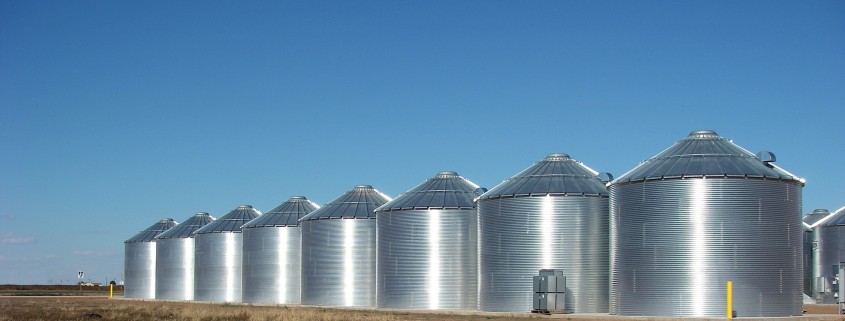



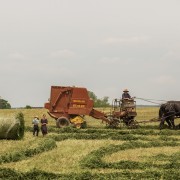

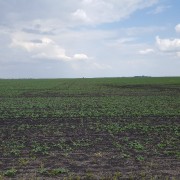
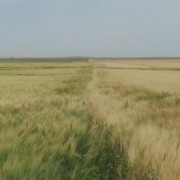
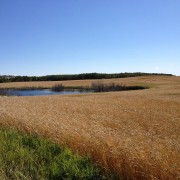


Leave a Reply
Want to join the discussion?Feel free to contribute!